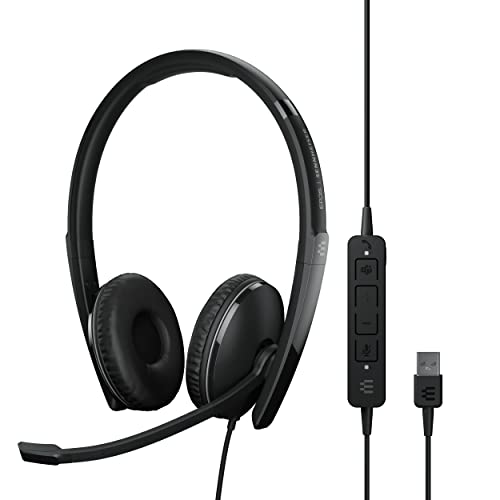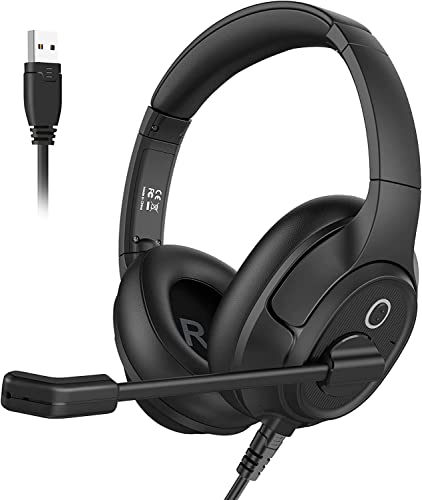Understanding Child Carriers: What They Are and How They Work
What is a Child Carrier?
A child carrier is a specially designed device that allows you to transport your little one safely while keeping your hands free. Imagine being able to hike through stunning trails or navigate busy city streets without the hassle of pushing a stroller or holding your child in your arms. These carriers come in various styles and designs, providing comfort and support for both the child and the adult.
How Do Child Carriers Work?
Child carriers are typically worn either on the front or back, promoting close bonding with your child during outings. They feature padded straps and frames to distribute the child’s weight comfortably, ensuring that the adult feels supported. Simply secure your child in the carrier, adjust the straps, and you’re ready to embark on your adventure together. Many models also have additional features like pockets for storage, sunshades, and adjustable seat heights to grow with your child.
Key Features to Consider When Buying a Child Carrier
Comfort for You and Your Child
When selecting a child carrier, comfort should be our top priority. Look for padded shoulder straps and a supportive hip belt that can help distribute your child’s weight evenly, preventing strain during long walks or hikes. It’s also essential to ensure that the carrier is well-ventilated, as this keeps both you and your child comfortable, especially on warmer days.
Weight Limit and Size
Each child carrier has a specified weight limit, and it’s crucial to choose a model that fits the size of your child. Most carriers are designed for children up to a certain weight, usually around 15-20 kg. Additionally, consider your own height and body type. An adjustable carrier can accommodate different body types and allow for a perfect fit.
Ease of Use
We should seek carriers that are simple to put on and take off. Many models offer adjustable straps or front-loading features that make it easy to place and secure your child without fuss. Likewise, if you plan to use the carrier frequently, consider one that easily folds for storage or transport.
Safety Features
Safety is non-negotiable when it comes to child carriers. Look for features like adjustable harnesses, safety straps, and secure buckles to keep your child safe while they enjoy the ride. Additional elements such as a sunshade, padded leg openings, and reflective materials can enhance safety for outdoor adventures.
Types of Child Carriers: Finding the Right Fit for You and Your Child
Frame Carriers
Frame carriers are robust and designed for hiking or long walks. They come with a sturdy frame that offers excellent support and storage options. If we enjoy hiking and need a carrier that can handle rugged terrain, this may be the best choice.
Soft-Structured Carriers
Soft-structured carriers combine comfort with versatility. They feature padded shoulder straps and a supportive body that allows you to wear your child on your front or back. These are fantastic for everyday use and provide comfort for both casual strolls and longer distances.
Wrap and Sling Carriers
Wraps and slings are perfect for newborns and younger children. They consist of long pieces of fabric that we can tie in various ways to securely hold our child. They offer excellent closeness and can be incredibly comfortable, making them ideal for quick trips to the shops or leisurely walks.
Trekking Carriers
If our adventures take us off the beaten path, a trekking carrier may be the right choice. These are specifically designed for hiking, featuring added support, a wider seat, and plenty of storage for essentials. They balance comfort for our child and functionality for us.
Safety Tips for Using Child Carriers
Regularly Check the Harness
We need to make it a habit to regularly check the harness and buckles for wear and tear or any loosening. A secure harness is essential for our child’s safety while using a carrier.
Understand Weight Distribution
Getting accustomed to weight distribution is key. When carrying your child, ensure that your body posture is correct and that the carrier is fitted properly to avoid strain.
Be Mindful of the Environment
While using a child carrier, remain aware of your surroundings, especially in crowded spaces or uneven terrain. Always check for potential hazards like low branches or stairs.
Our Top Recommendations for the Best Child Carriers on the Market
Versatile Carriers for Everyday Use
Consider models that excel in flexibility for daily outings, offering features like easily adjustable straps, pockets for storing essentials and comfortable seating for your little one. A good choice would be those that adapt as your child grows, providing extended usability.
Best for Hiking Adventures
For hiking enthusiasts, opt for frame carriers designed for rugged trails, equipped with sunshades and additional compartments to carry essential items. Their sturdy build will handle off-road conditions while ensuring your child enjoys the scenery.
Ease of Use Models
Select soft-structured carriers that are straightforward to put on and adjust. Brands that provide quick-release buckles and instructions for safe and secure fitting facilitate hassle-free experiences while on the go.


























